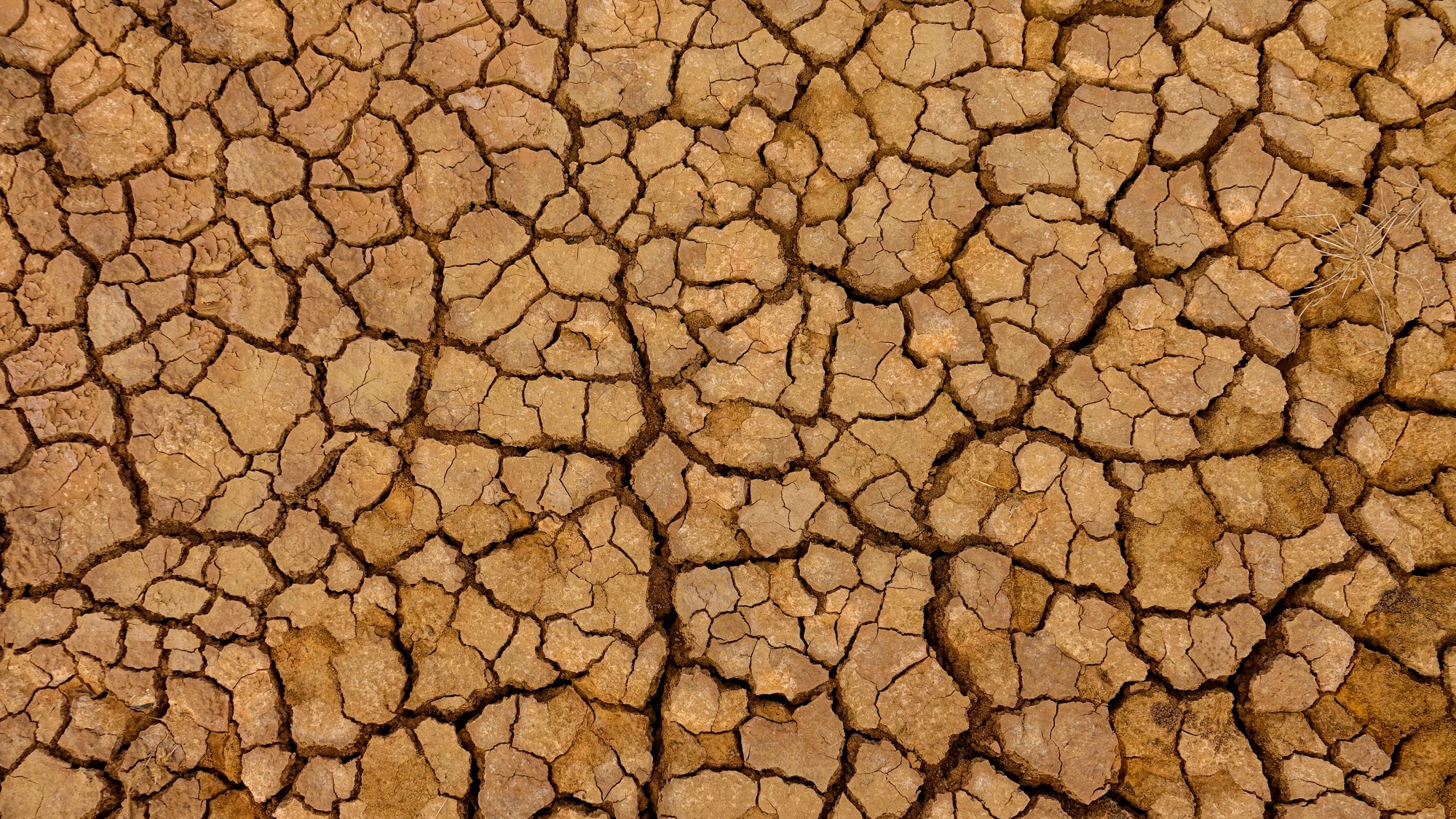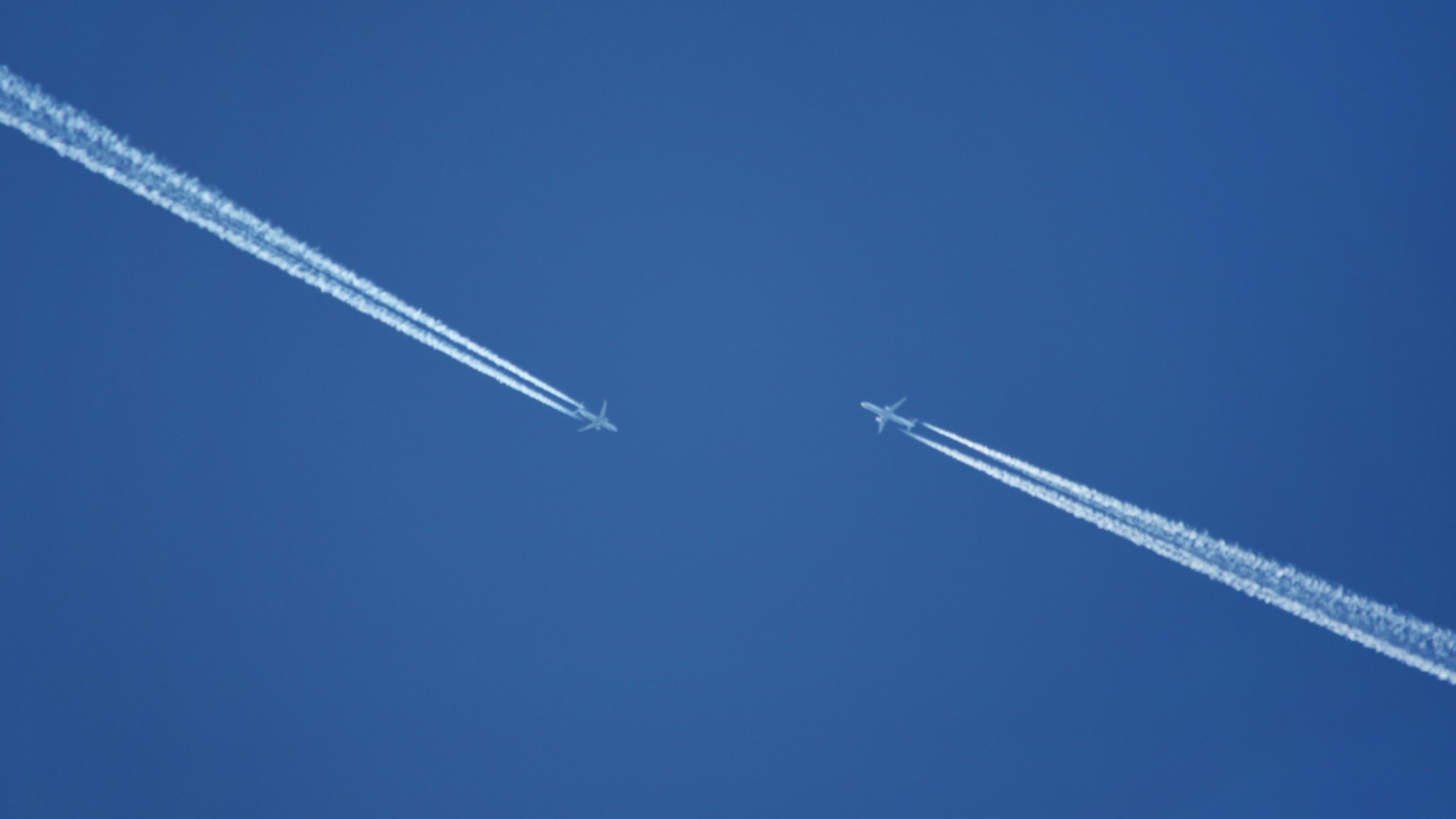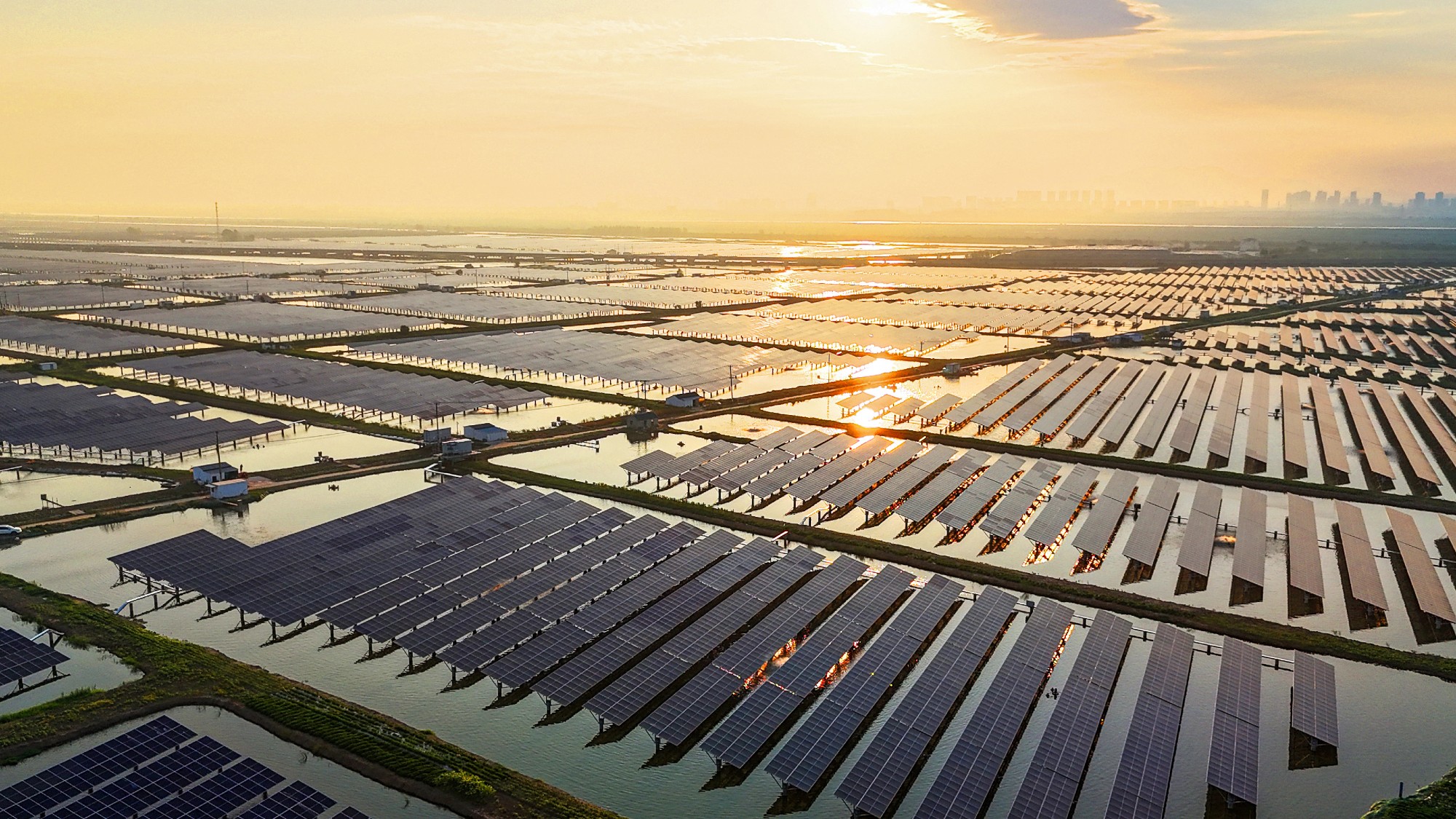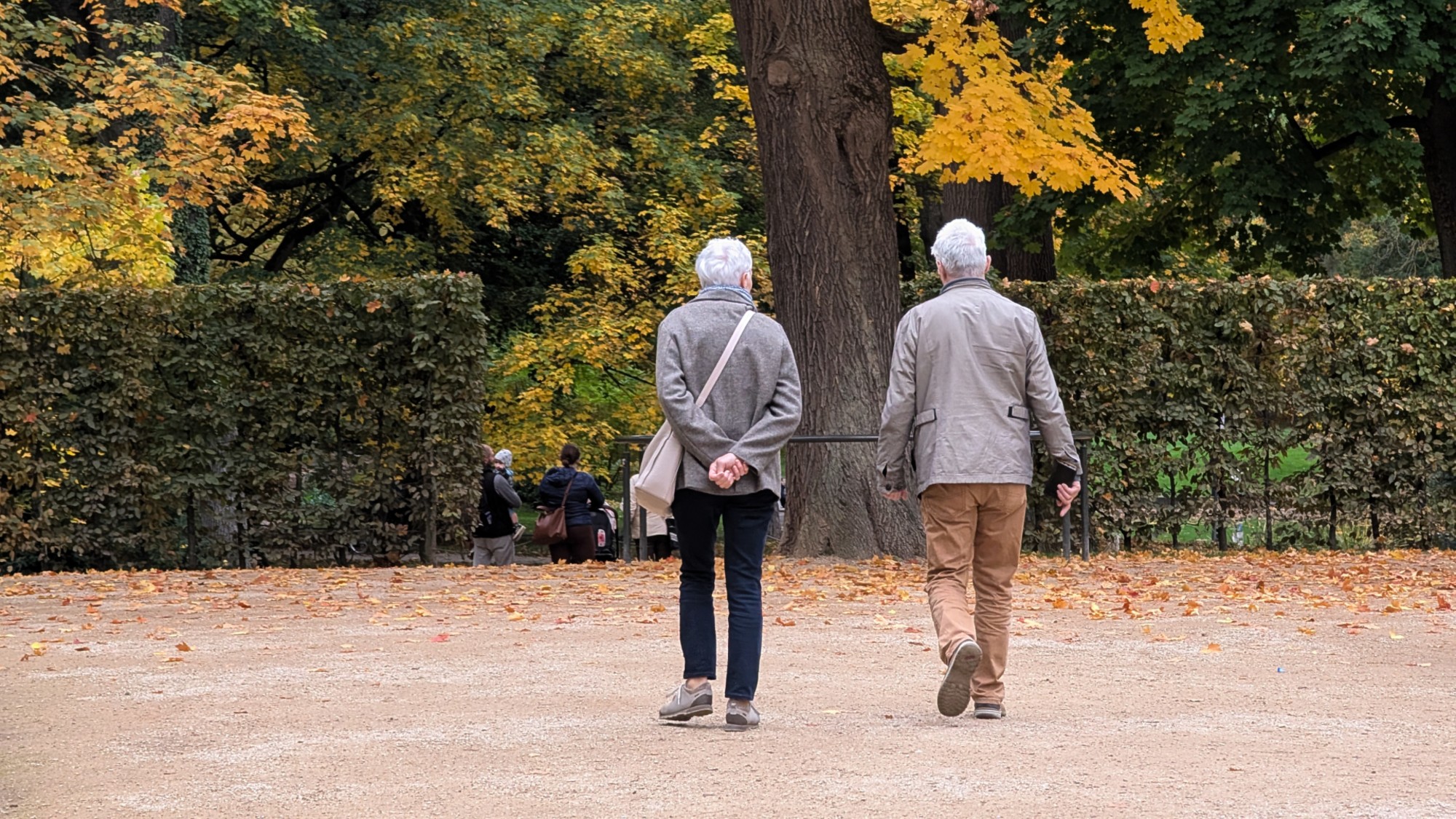Understanding and saving the biocrust, Earth's living skin
The planet's protective layer is being destroyed


Many parts of Earth are covered and protected by a layer of organisms called a biocrust. The layer acts as a skin for the Earth, protecting landscapes and reducing long-term damage. But climate change and human activities are harming the biocrust, and the crucial layer takes a long time to restore. This could have problematic long-term implications for several ecosystems and even human structures.
What is the biocrust?
Biocrust, also called cryptobiotic soil, is a "community of tiny, dirt-dwelling organisms that form a distinct crust on the top of soil in arid landscapes," said Knowable Magazine. It covers approximately 12% of the Earth's surface and can play a vital role, especially in dry ecosystems, by preventing soil erosion and helping to retain water. Biocrust "often looks like a discolored patch of ground" and "upon closer inspection, the stain becomes a mosaic of small, dark lumps, dotted with tiny beds of moss and inconspicuous patches of lichen." Sometimes biocrust can be hard to identify as it can also appear as crusty soil.
Scientists recently discovered that biocrust can appear on manmade structures as well and not just as part of the natural ecosystem. One of the reason's for the Great Wall of China's longevity is its biocrust protection. "Compared with bare rammed earth, the cyanobacteria, moss and lichen biocrust-covered sections of the Great Wall exhibited reduced porosity, water-holding capacity, erodibility and salinity by up to 48%, while increasing compressive strength, penetration resistance, shear strength and aggregate stability by up to 321%," said CNN.
The Week
Escape your echo chamber. Get the facts behind the news, plus analysis from multiple perspectives.

Sign up for The Week's Free Newsletters
From our morning news briefing to a weekly Good News Newsletter, get the best of The Week delivered directly to your inbox.
From our morning news briefing to a weekly Good News Newsletter, get the best of The Week delivered directly to your inbox.
Ecologically important, biocrust also takes a long time to be restored once destroyed. "When the biocrust is gone, it leaves behind a surface layer of exposed, loose dust that can feed dust storms," said Arizona State University News. "It can take decades for biocrust to grow back on its own and gain enough ground to suppress that dust once more." The current problem is that biocrust is being destroyed much faster than it once was.
Why is biocrust in danger?
Climate change and human activity are causing the destruction of biocrust. "Over the next 65 years, models suggest that climate change could slash 25% to 40% of biocrust cover," said Knowable Magazine. "The crusts are sensitive to higher temperatures and to fluctuations in precipitation — both extended dry spells and unusual increases in rainfall can harm them, depending on their location." Activities like farming and development also disrupt the biocrust. To combat this, scientists are trying to grow biocrust in the wild.
The two main complications in regrowing biocrust are determining where it grows best and where it can be transferred from effectively. If the biocrust is grown in a controlled environment, it still needs to be portable and eventually settle into the wild. Also, "biocrust is totipotent, which means just a small piece of it can eventually give rise to new crust," said Knowable Magazine. "Thus, one way of growing biocrusts in new areas is to crumble some up and sprinkle it on the landscape, similar to scattering seeds."
An existing biocrust community could be key in aiding regrowth. "We put [biocrust] out in these harsh environments, kind of alone, and say, 'Live, thrive,'" Sasha Reed, an ecologist at the United States Geological Survey, who is leading the research, said to the magazine. "We're not seeing it do that as much as we would hope."
A free daily email with the biggest news stories of the day – and the best features from TheWeek.com
However, one boon of microorganisms is their resilience. "Although they are still vulnerable to the impacts of climate change, these constantly evolving organisms are expected to deploy internal mechanisms to adapt to future extremes," said CNN.
Devika Rao has worked as a staff writer at The Week since 2022, covering science, the environment, climate and business. She previously worked as a policy associate for a nonprofit organization advocating for environmental action from a business perspective.
-
 Death toll from Southeast Asia storms tops 1,000
Death toll from Southeast Asia storms tops 1,000speed read Catastrophic floods and landslides have struck Sri Lanka, Indonesia, Thailand and Malaysia
-
 Can for-profit geoengineering put a pause on climate change?
Can for-profit geoengineering put a pause on climate change?In the Spotlight Stardust Solutions wants to dim the sun. Scientists are worried.
-
 How will climate change affect the UK?
How will climate change affect the UK?The Explainer Met Office projections show the UK getting substantially warmer and wetter – with more extreme weather events
-
 Can the UK do more on climate change?
Can the UK do more on climate change?Today's Big Question Labour has shown leadership in the face of fraying international consensus, but must show the public their green mission is ‘a net benefit, not a net cost’
-
 Did Cop30 fulfil its promise to Indigenous Brazilians?
Did Cop30 fulfil its promise to Indigenous Brazilians?Today’s Big Question Brazilian president approves 10 new protected territories, following ‘unprecedented’ Indigenous presence at conference, both as delegates and protesters
-
 Can the world adapt to climate change?
Can the world adapt to climate change?Today's Big Question As the world gets hotter, COP30 leaders consider resilience efforts
-
 Taps could run dry in drought-stricken Tehran
Taps could run dry in drought-stricken TehranUnder the Radar President warns that unless rationing eases water crisis, citizens may have to evacuate the capital
-
 The future of the Paris Agreement
The future of the Paris AgreementThe Explainer UN secretary general warns it is ‘inevitable’ the world will overshoot 1.5C target, but there is still time to change course



